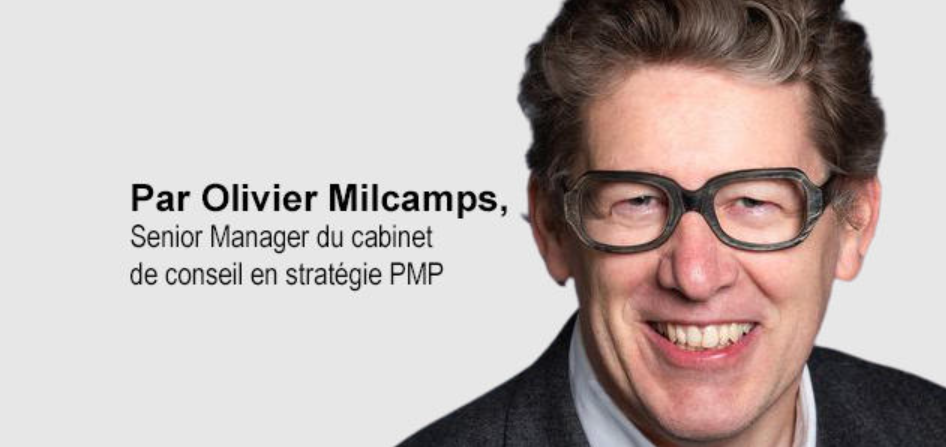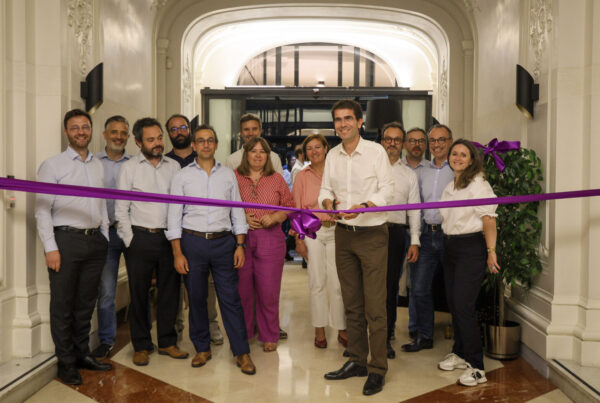After a spectacular jump in 2020, telemedicine seems to be stalling in 2021. Elements of explanation for this stagnation.
The figures are striking: less than 60,000 teleconsultations were reimbursed by the compulsory health insurance scheme in 2019, compared to nearly 20 million in 2020. That is to say, an explosion (x 300) of 0.02% to 6% of consultations by liberal doctors. The peak was reached in April 2020. However, the volume of teleconsultations in the activity of general practitioners observed since the end of 2020 seems to stabilize in 2021, with nearly 400,000 teleconsultations per week and a teleconsultation rate identical to 2020. Is teleconsultation therefore marking time?
Three more structural lessons can be drawn from this phenomenon
The first is that the health insurance model is largely winning today. In fact, in 2019, the volume of teleconsultations carried out within the framework of teleconsultation networks (MédecinDirect, MesDocteurs, Qare, Livi, etc.) fully covered by the Ocam was ten times greater than the volume of teleconsultations reimbursed by the compulsory schemes. Today, the ratio is completely reversed, even though the rate of use of these networks has also increased (x4 is the most common estimate) during the crisis. The “yo-yo” of the derogations to the medical agreement has certainly contributed to this: coverage of a teleconsultation organized at the patient’s initiative (still in force), suspension of the obligation to teleconsult with one’s primary care physician (still in force), authorization for practitioners to use the tools of their choice, including those that are not secure (suspended from July 11 to October 16, 2020, reinstated since then until at least June 1, 2021). Above all, the most effective lever has certainly been the full coverage of teleconsultations by the compulsory health insurance scheme, officially to facilitate the use of teleconsultations by doctors who are not partners in existing networks and to facilitate access to care for patients. This full coverage has been extended for the year 2021 and will be extended in 2022, while since July 2020 access to medical offices has become “normal” again (despite two new confinements). The Ocam tax – €1.5 billion for now – would allow the compulsory schemes to fully finance sixty million teleconsultations.
The second is that we are still far from integrating teleconsultation into medical practice. Today, it represents only 6 to 7% of the activity of general practitioners. Above all, according to a study commissioned by the Agence numérique en santé, one out of two doctors is still not equipped with a professional technical solution (and uses the telephone, social networks or public video tools). Among those who are equipped, four out of ten are clients of a professional solution in SaaS mode from a start-up (Doctolib, Médaviz, MonDocteur, lemedecin.fr, etc.) or another type of player (Maiia, a subsidiary of Cegedim, etc.) and one out of ten uses a solution developed by a GRADeS (regional support group for e-health development). The original “teleconsultation network” model is now marginal in the service offering: only one player (MédecinDirect) has remained exclusively on this model, with the other networks (MesDocteurs, Qare, Livi, etc.) also adopting the “Cnam model” and some only operating under this model (Doctolib, Médaviz, etc.).
We are all the more far from integrating this new organizational mode into practices as its use today remains very limited to routine care. This is the third lesson: there are still too few indications that telemedicine will not remain a health crisis management medicine. For the moment, the bulk of telehealth is limited to one practice – teleconsultation – which is mainly used for routine care (11% of healthcare expenditure), while the emergence of other practices – tele-expertise, tele-monitoring, tele-care – remains very marginal. However, if telemedicine is to become a fully-fledged medical practice, it must be used in conjunction with the main challenges facing the healthcare system, which are related to the growth in expenditure largely driven by chronic diseases (65% of healthcare expenditure today, 4/5ths of the annual growth in expenditure, 87% of the causes of death). It must therefore be used routinely by specialist physicians as well. Despite the temporary lifting of initial restrictions, tele-expertise, which facilitates rapid access to a specialist, remains very little used: 2,785 procedures reimbursed between February 2019 and June 2020. The development of adequate tools is slow, even if Covid-19 has allowed the launch of experiments, such as TokTokDoc in Eastern France until 2022-2023 or NeuroCovid, a neurological platform dedicated to hospital doctors.
Areas for improvement
Remote monitoring also contributes to the accessibility of care and to relieving congestion in the system by facilitating the remote monitoring of patients, particularly chronically ill patients. Visits to the emergency room and hospitalizations are thus limited, and complications are detected more quickly. However, remote monitoring is still – since 2014 – the subject of experiments framed by the Etapes program, whose interest for the prefiguration of new professional organizations can be questioned: not only is this program limited to five chronic diseases, but in December 2020 only one (remote monitoring of patients with cardiac rhythm disorders and implantable cardiac prostheses) concentrated 82% of the 85,000 patients included, with the other 4 accounting for only 18% (10.1% of patients with heart failure, 3.6% with Diabetes, 1.1% with respiratory failure, 0.6% with dialysis and transplanted renal failure). While once again the pandemic has shown a strong appetite of patients and health professionals for remote monitoring, with the implementation of applications (such as Covidom) allowing the daily monitoring of patients at home, whether they are contact cases or affected by the virus (non-critical) and the rapid intervention, if necessary, of professionals; since April 2020, 1,050,000 patients have benefited from Covidom, for example, that is to say, twelve times more beneficiaries than after six years of experimentation . What lessons will be learned from these solutions for an accelerated deployment of remote monitoring?
Finally, the use of telecare, the most recent authorization practice for medical auxiliaries, is, a priori, very marginal. The practice was authorized by derogation during the first containment period and the results are still unknown, but feedback from professionals suggests that use is low.
An encouraging point to note, however, is that teleconsultation is developing strongly in psychiatry, a discipline that is very little valued. However, mental health is a major health problem in France today – mental disorders represent €26 billion of expenditure per year, the first item of chronic diseases – and access to professionals can be very long, with some patients waiting between six and nine months for an appointment. The Covid-19 crisis has brought to the forefront the need to develop teleconsultation in this field – in particular to allow for flexibility in hours, as a third of patients wish to (tele)consult outside office hours – but also to take an interest in the psychological health of individuals. Qare, by integrating the solution created by Doctopsy, has entered this niche, with a solution combining teleconsultation tools, monitoring tools and an application, “My Sherpa”, containing exercises to support cognitive and/or behavioral therapies.
Conclusion
In fact, there is still a long way to go before these new remote practices are massively adopted and the healthcare system is transformed. This represents an opportunity for innovation for the Ocam’s, while the negotiations between the health insurance company and the medical unions to update rider no. 6 seem to be far removed from the real issues.
Olivier Milcamps, Senior Manager
Read the article published on the 15th June 2021 in La Tribune de l’Assurance





